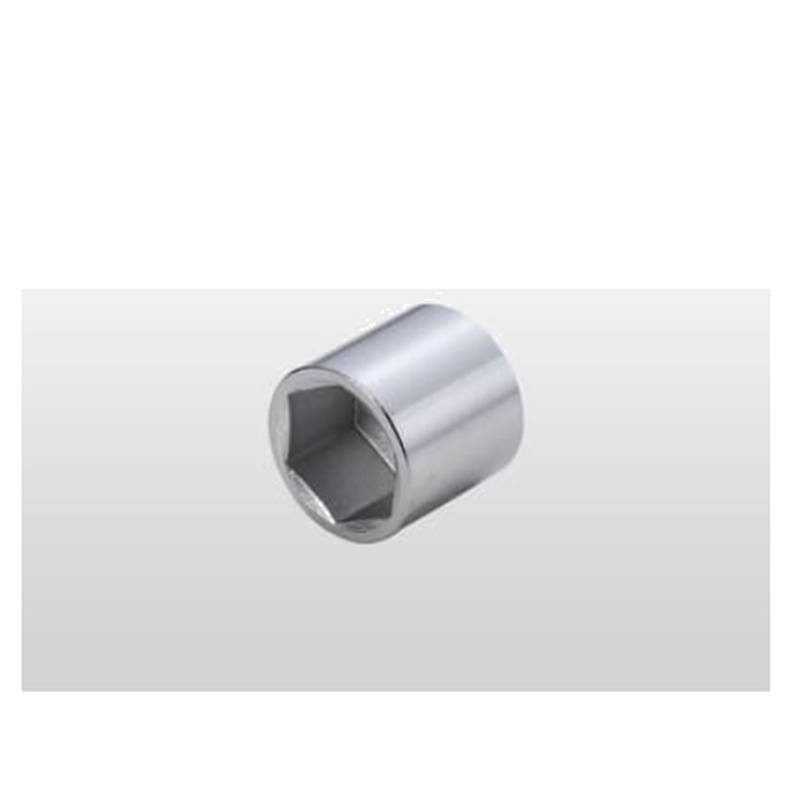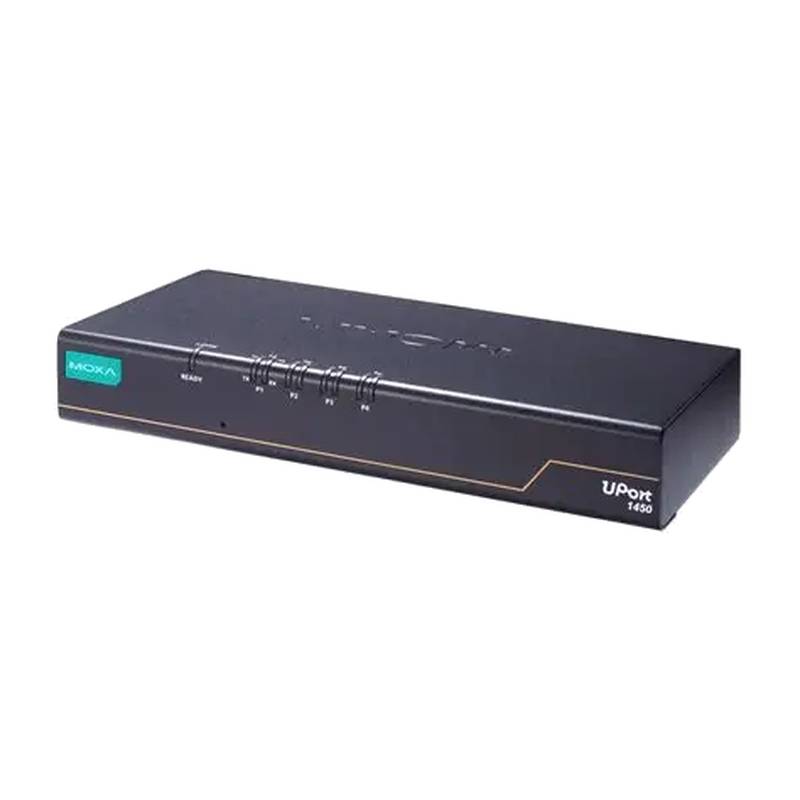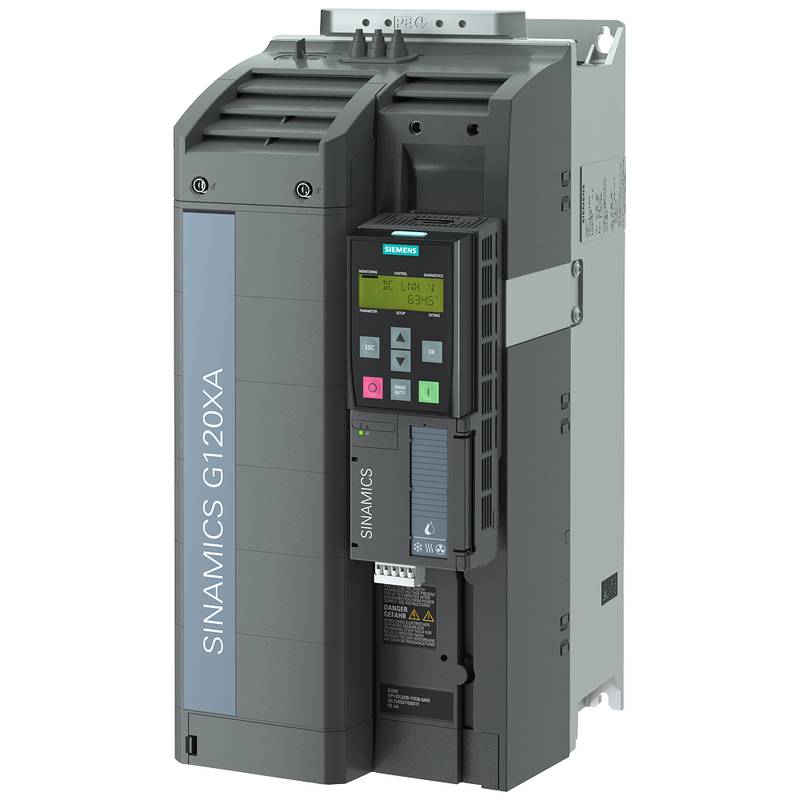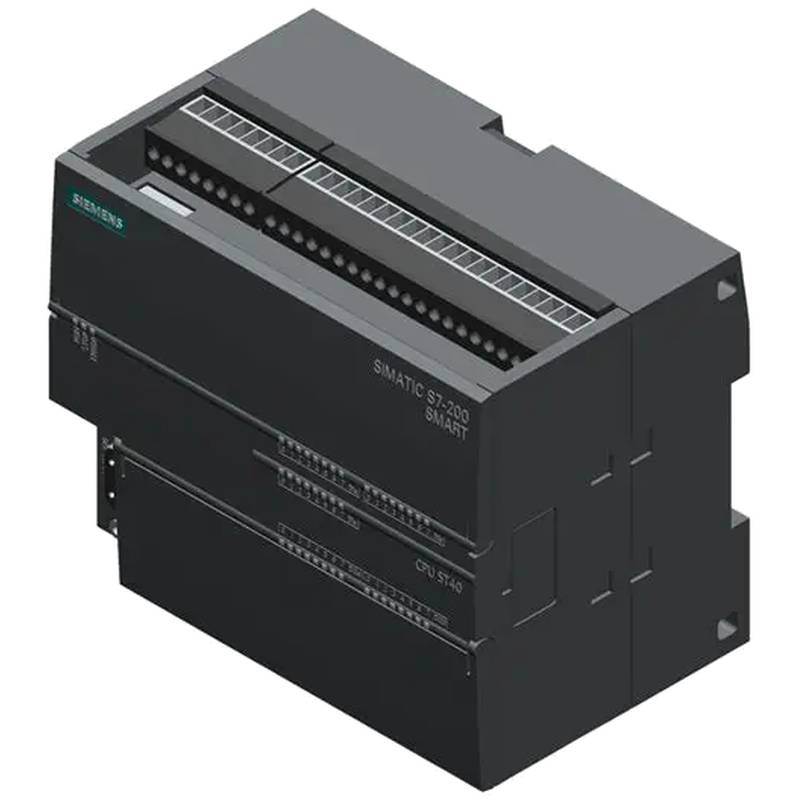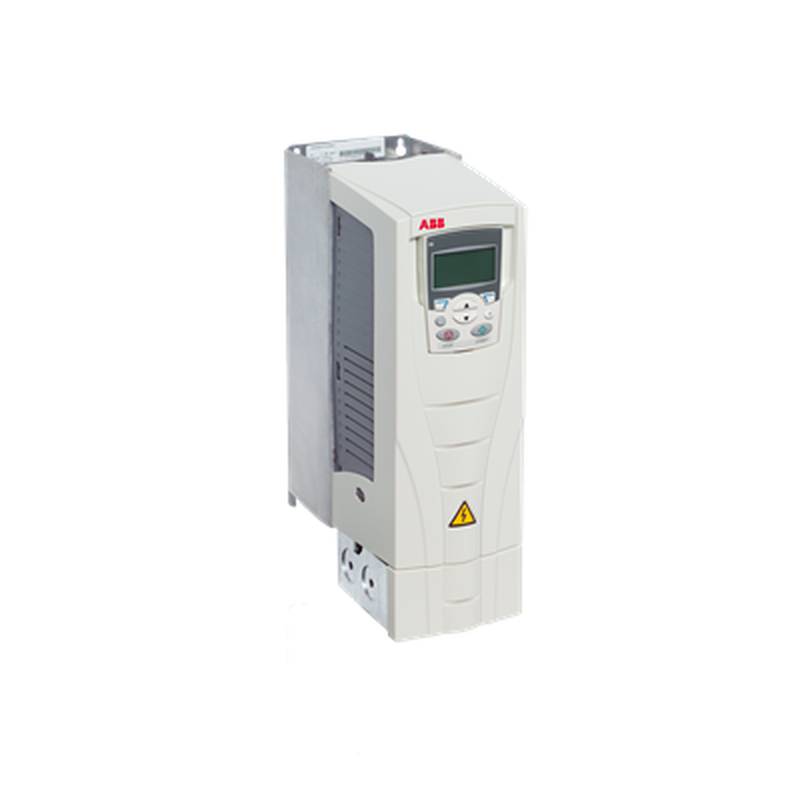
The ABB 4J0694 Interface Accessory Spare Socket is a critical component for maintaining the operational integrity and flexibility of ABB robot systems. This accessory ensures seamless data and power transmission, offering enhanced reliability and facilitating efficient maintenance. Key advantages include its robust construction, designed for demanding industrial environments, and its specific compatibility with ABB's advanced robotic platforms. Core features center on its plug-and-play functionality, minimizing downtime during component replacement or system upgrades. Important technical parameters, such as voltage and current ratings, are designed to meet the rigorous demands of robotic automation.
| Parameter | Specification |
| :---------------- | :---------------------------------------------- |
| Product Type | Interface Accessory Spare Socket |
| Manufacturer | ABB |
| Model/Part Number | 4J0694 |
| Compatibility | ABB Robots (specific series may apply) |
| Environmental Rating | Industrial Grade (typically IP-rated) |
| Connection Type | Socket/Receptacle for mating connector |
| Electrical Rating | Varies by application; consult detailed specs |
Core Features & Market Positioning
The ABB 4J0694 distinguishes itself through its precision engineering, a hallmark of ABB's commitment to industrial automation excellence. This spare socket is not merely a connector but a vital link ensuring uninterrupted communication between robot controllers and peripheral devices, such as sensors, vision systems, or external I/O modules. Its market positioning is firmly within the high-reliability, mission-critical automation sector, where component failure is cost-prohibitive. ABB's reputation for robust and durable industrial solutions underpins the value proposition of accessories like the 4J0694, offering end-users peace of mind and a reduced total cost of ownership. Its design facilitates rapid replacement, a crucial factor in minimizing costly production line stoppages.
Key Application Scenarios
This interface accessory finds its primary application in scenarios requiring robust and dependable connectivity within ABB robot installations. It is indispensable for maintenance depots and service technicians who need to quickly swap out worn or damaged interface sockets without extensive system recalibration. Furthermore, in custom automation cells, the 4J0694 enables flexible configuration, allowing engineers to easily connect and disconnect various tooling, sensors, or communication modules as production demands evolve. Its use is prevalent in automotive manufacturing, electronics assembly, logistics, and any industry segment heavily reliant on automated robotic processes where consistent data flow is paramount.
Practical System Integration Guidance
Integrating the ABB 4J0694 spare socket into an existing robot system is designed for straightforward execution. Typically, installation involves disconnecting power to the robot controller or relevant module, then carefully removing the old socket, often secured by retaining clips or screws. The new 4J0694 socket is then aligned and firmly seated, ensuring all internal contacts engage correctly. For critical applications, verifying wiring integrity and performing a basic continuity test before powering up is a recommended practice to prevent electrical faults. Specific connection pinouts and voltage/current limitations must always be adhered to, as detailed in the robot controller's technical manual.
Operation and Risk Mitigation
Proper operation of the ABB 4J0694 socket is crucial for preventing system malfunctions and ensuring operator safety. Users must always ensure the socket is clean, dry, and free from debris before connecting or disconnecting cables. Mating connectors should be correctly oriented to prevent pin damage, and locking mechanisms, if present, should be fully engaged. In environments with significant electrical noise or vibration, protective measures such as shielded cabling and secure mounting are essential to maintain signal integrity and prevent accidental dislodging. Should the robot system report communication errors or intermittent faults, inspecting the interface socket and its connections is a primary troubleshooting step.
Scalability & Long-Term Value
The ABB 4J0694 interface accessory contributes to the long-term value and scalability of ABB robotic systems. Its availability as a spare part ensures that even older installations can be maintained and kept operational, extending the useful life of valuable automation assets. Compatibility with a range of ABB robot controllers and modules means that as systems are upgraded or expanded, the fundamental connectivity infrastructure remains reliable. This component supports the integration of future technologies and sensors, allowing for a phased approach to adopting Industry 4.0 solutions without requiring a complete overhaul of the robot's interface architecture.
FAQs
What is the primary function of the ABB 4J0694?
The ABB 4J0694 serves as a spare socket for interfacing with ABB robot controllers. It ensures reliable data and power transmission to external devices. This accessory is vital for maintaining operational continuity and facilitating system maintenance.
How does this spare socket ensure system reliability?
Its robust design withstands industrial environments, minimizing failure risks. The socket provides a secure connection point, crucial for uninterrupted communication. Quick replacement capability also reduces downtime in case of damage.
What technical specifications are important for the ABB 4J0694?
Key specs include voltage and current ratings, designed for robot system requirements. Its compatibility with specific ABB robot series is also critical. Environmental protection ratings ensure durability in harsh conditions.
Can the ABB 4J0694 be used with any ABB robot?
It is designed for specific ABB robot models and controller series. Users must verify compatibility before installation. Consulting the robot's technical documentation is essential for correct application.
What are the benefits of using a dedicated spare socket?
It simplifies maintenance and reduces repair times significantly. Having a spare readily available minimizes costly production stoppages. It ensures consistent performance by providing a reliable connection point.
How is the ABB 4J0694 physically installed?
Installation typically involves unpowering the system, removing the old socket, and seating the new one. Secure mounting and proper connection alignment are key. Referencing the robot manual provides detailed procedures.
What precautions should be taken during installation?
Always disconnect power before working on the socket. Ensure the socket and mating connectors are clean and dry. Verify correct pin alignment to prevent damage and ensure electrical safety.
What common issues can arise with robot interface sockets?
Loose connections, damaged pins, or environmental contamination are common. These can lead to communication errors or intermittent robot faults. Regular inspection can prevent these problems.
How does this accessory support system scalability?
It allows for easy connection and disconnection of various peripherals. This flexibility supports future upgrades and the integration of new technologies. It extends the operational life of existing robotic assets.
Where can I find detailed technical specifications for the ABB 4J0694?
Detailed specifications are available in the official ABB robot controller manuals. Technical support documentation from ABB also provides comprehensive data. Always refer to manufacturer-provided resources for accuracy.














